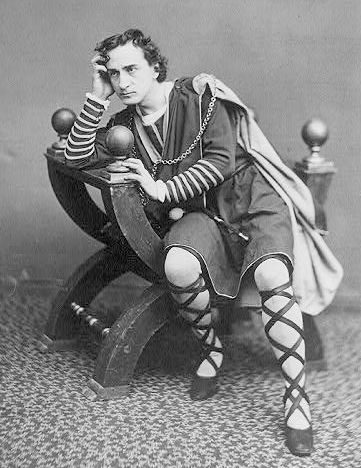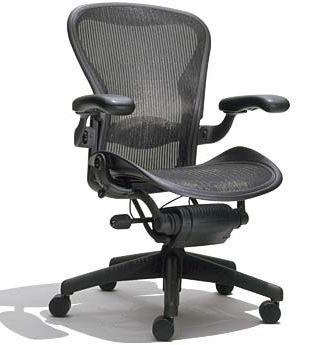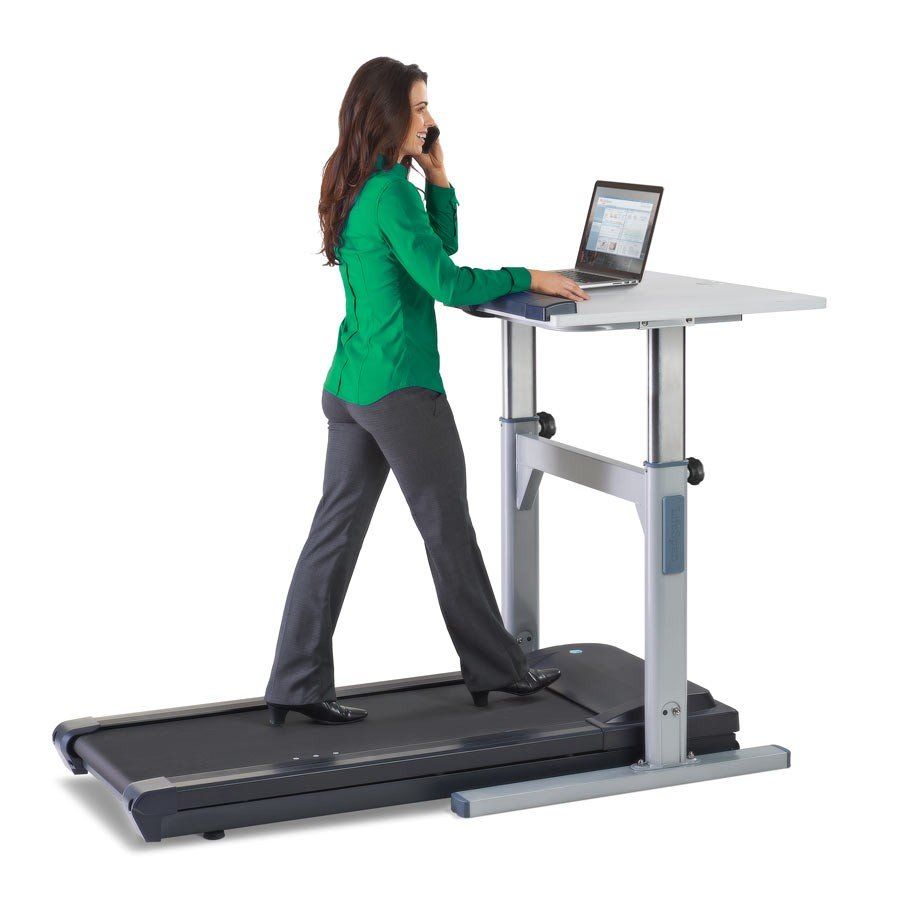To track to the evolution of the office chair is to also take a glimpse at how our lives have changed over the centuries. As our society became less agrarian and started the climb towards the Industrial Revolution, businesses had to rethink the work environment and develop new tools to aid employees. The office chair was created in order to solve the fundamental problem of accommodating employees working long hours in an office. Today, the modern office worker spends 40+ hours toiling away and much of that time is spent in a chair, making the search for the right combination of form and function more important than ever before.
Full Disclaimer: We are an office furniture dealer and sell some of the products we review. To learn more about the products we sell, our review process and why you can trust us, please visit: Why we’re different. Who is BTOD.com and The Breakroom Blog?
Evolution of the Office Chair Links
- History of the Office Chair
- Office Chair Design Innovations
- Introduction of Ergonomic Design
- The Future of the Office Chair
1. History of the Office Chair

Historians claim that the earliest office chair can be traced all the way back to Julius Caesar. The Roman emperor would conduct official business while sitting on a “curule chair.” While other leaders, magistrates and priests also used this chair, Caesar eventually distinguished his chair by taking it everywhere he went. His gilded “office” chair was transported right alongside his crown and other valuables. Being seated gave him a greater air of authority and helped him appear more godlike.
Throughout the centuries, the office chair took on more utilitarian purposes. In the early 1800s, as train travel became increasingly popular, train cars were outfitted with the Centripetal Spring Armchairs that were designed by Thomas E. Warren and manufactured by the American Chair Company based out of Troy New York. As businesses utilized train travel as a way to expand their territory, they realized the need for a task chair that would allow employees to complete administrative duties while in transit. The Centripetal chair was outfitted with seat springs to help absorb the bumps associated with train travel and allow business to continue as usual even while on the rails.

In the years leading up to the Industrial Revolution, office chairs were already being used as tools to increase productivity. Charles Darwin is often credited with the idea of putting wheels on his office chair so that he could simply scoot across his office and get to different specimens as needed. Once the Industrial Revolution took hold, businesses began to be even more conscious about office environments and started looking for ways to allow employees to work longer hours. The office chair was instrumental in providing more comfortable accommodations so that workers would experience less fatigue throughout the day.
Otto von Bismarck is another famous patron of the office chair who helped to popularize the chair. During his rule, he distributed office chairs throughout the parliament, which only furthered a growing trend. In 1851, the office chair was introduced to a larger public during the Great Exhibition in London. Since then, office chair designs have continued to evolve while still working towards the same goal: providing a comfortable place to sit and work.
2. Office Chair Design Innovations

Photos of early office chairs, such as the Centripetal, don’t look all that different than more modern versions. Even early models incorporated a swivel seat and casters. A lot of them also came with certain adjustable features that allowed for some customization based on the needs of the individual user. While these chairs were functional, they weren’t all that visually appealing. They were typically just covered in different shades of black and grey until the early 1970’s when the office chair got a funky makeover.
The designer Ettore Sottsass was working for the Italian manufacturer Olivetti when he decided that the office could use a splash of color. He incorporated bright reds, yellows and purples into a variety of different office staples such as chairs, desks and typewriters. While this trend didn’t survive past the 70’s, it did help inject the world of office furniture with a little fun and creativity.
3. Introduction of Ergonomic Design
The year 1976 marked the next big evolution in office chairs. This was the first time that designers truly began to think about the health and wellness of the worker instead of simply viewing the chair as a tool for productivity that ultimately benefited the business. The Ergo was meant to increase blood flow to the legs and provide spinal support. It also incorporated more adjustable features in order to create a more individualized comfort experience. Designers were finally taking into account just how much time the modern worker was spending sitting and trying to improve functionality through ergonomic designs.

Eventually, the office chair circled back to its Roman roots and once again became a status symbol. Only the most senior executives and/or successful companies invested in expensive ergonomic office chairs. In 1994, the still ubiquitous Aeron chair with a meshed backing was introduced. Those looking to make a statement gravitated towards this distinctive looking mesh chair that represented forward thinking in a time when the internet was fueling rapid innovations and changes in the workplace.
After the dot com bubble burst and America entered into the Great Recession, the appeal of expensive chairs that used up valuable resources all but disappeared. As consumerism lost its luster in the face of high unemployment and the housing crisis, office chairs became more economically and ecologically friendly. Starting around 2010, manufacturers began producing less expensive chairs that require fewer moving parts and leave a minimal carbon footprint.
4. The Future of the Office Chair

Despite the fact that more people than ever work in an office environment that requires long periods of sitting at a desk, the future of the office chair is more uncertain than ever. As people become more aware of the consequences of a sedentary lifestyle and sitting for eight hours a day, they are trading in their office chairs for balance ball chairs and treadmill desks.
From bad posture and trouble thinking to organ damage and soft bones, sitting for too long and sitting improperly comes with a wide range of potential side effects. While the right office chair can certainly help to combat some of these consequences, workers also have to make a conscious effort to stand at their desk, walk and stretch throughout the day. Moving forward, it is likely that the office chair will return to being more of a tool for productivity than a place where we spend most of our waking hours.




